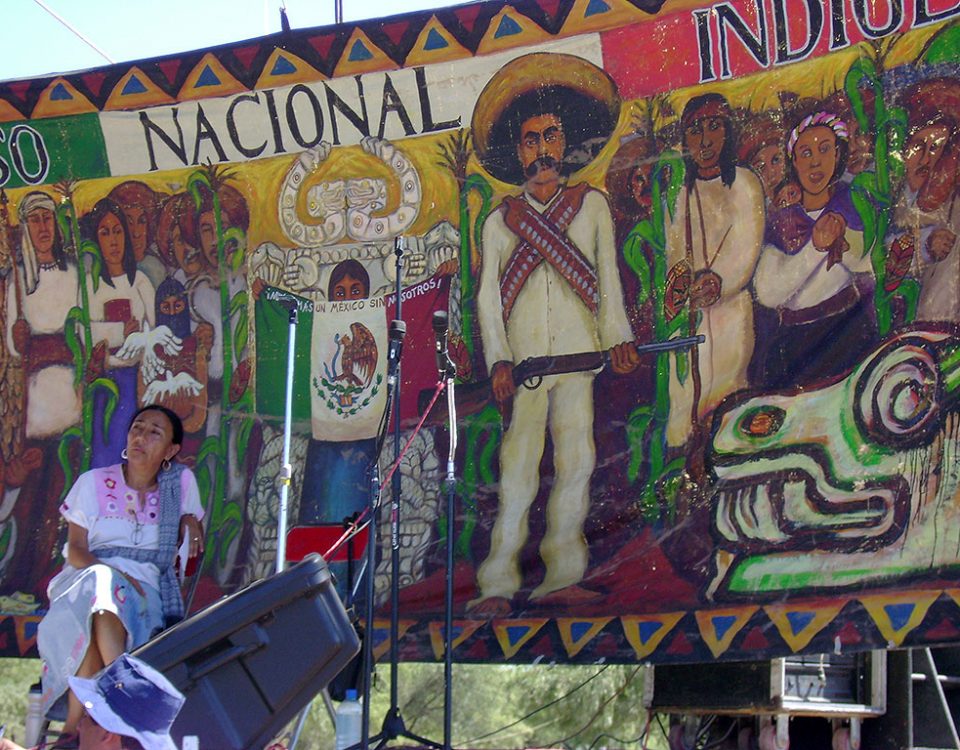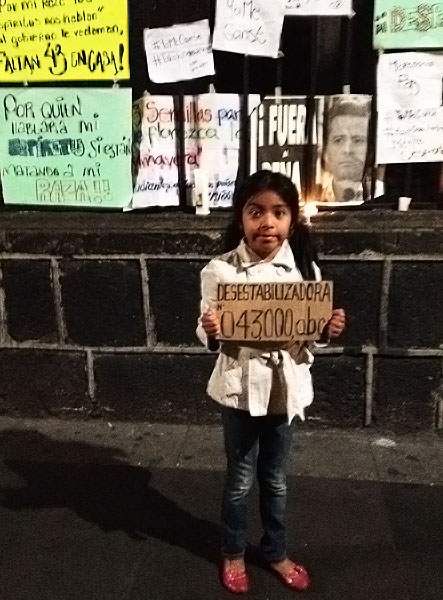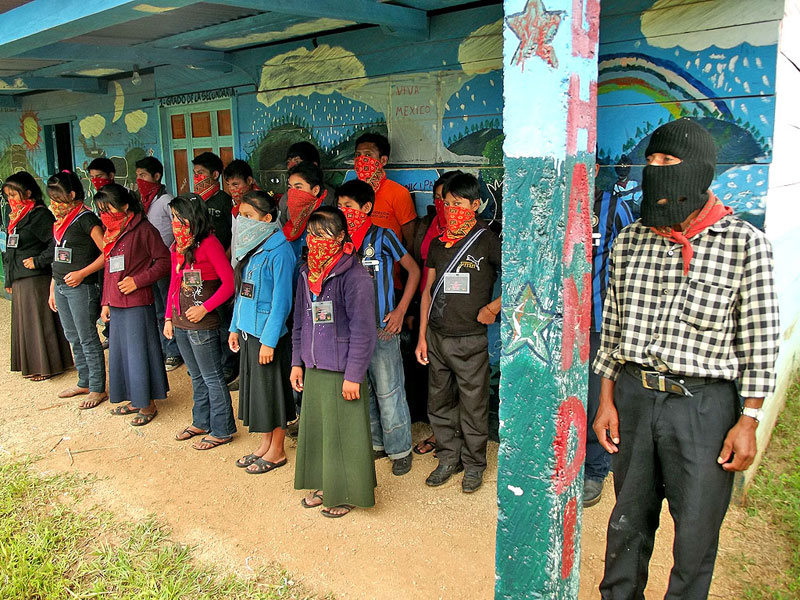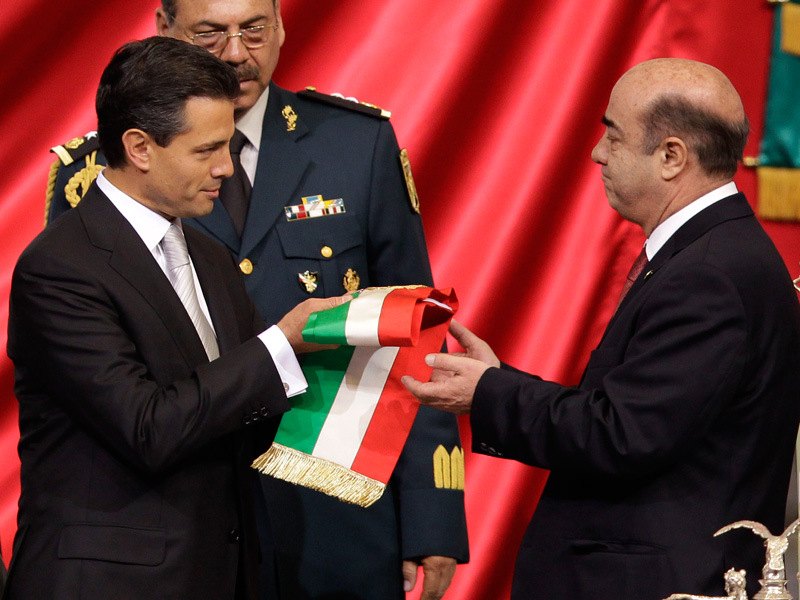SIPAZ Activities (July – October 1999)
30/11/19991995
03/02/2000This tendency to regionalize the conflict to the maximum was reinforced in 1999. The government seemed to want to resolve the causes of the conflict (see 1994) but without any dialogue with the Zapatistas regarding economic development. Governor Roberto Albores Guillen presented his initiative regarding the Law for Indigenous Rights and Culture to the State Congress. The initiative was strongly criticized by the opposition parties and by social organizations for respecting neither the San Andres Accords nor the consultation process which led to their elaboration. However, the Albores initiative gave the impression that the government was doing something.
 In March, the EZLN showed that it would continue to be a major player, as was evidenced by the national consultation which it organized jointly with other civil society organizations. More than 2.8 million Mexican citizens participated in this consultation on the Recognition of Indigenous Peoples and an End to the War of Extermination.
In March, the EZLN showed that it would continue to be a major player, as was evidenced by the national consultation which it organized jointly with other civil society organizations. More than 2.8 million Mexican citizens participated in this consultation on the Recognition of Indigenous Peoples and an End to the War of Extermination.
In response, various campaigns were launched in the spring to discredit the Zapatistas and their sympathizers. One of the first of these was to make a big show out of the surrender of arms belonging to alleged Zapatistas. It turned out that these individuals either were no longer, or indeed never had been, Zapatistas and that, in fact, the arms were handed over in exchange for government aid.
The state and federal authorities used the pretext of the Laws Regarding Firearms and Explosives, the war on drugs, the arrest of criminals, and the need to protect citizens who asked for protection to increase military and police raids on Zapatista communities.
However, in spite of its avowed good intentions, the government did not succeed in convincing public opinion on a national or international level. The proof of this was the increase in visits from high level representatives from the United Nations (UN) who commented that they were once again taking up the topic of Chiapas and, possibly, the impunity of paramilitaries.
On December 30th, the Vatican announced the transfer of the coadjunt bishop of San Cristobal, Raúl Vera a Saltillo, to the north of the country. Bishop Samuel Ruiz had presented his resignation in November, but it still had not been accepted. The transfer of Vera, who was to succeed Ruiz and follow the line of the Diocese, and the uncertainty that followed generated fears in the inner circles in respect to the possible effect on the possibilities for peace.




